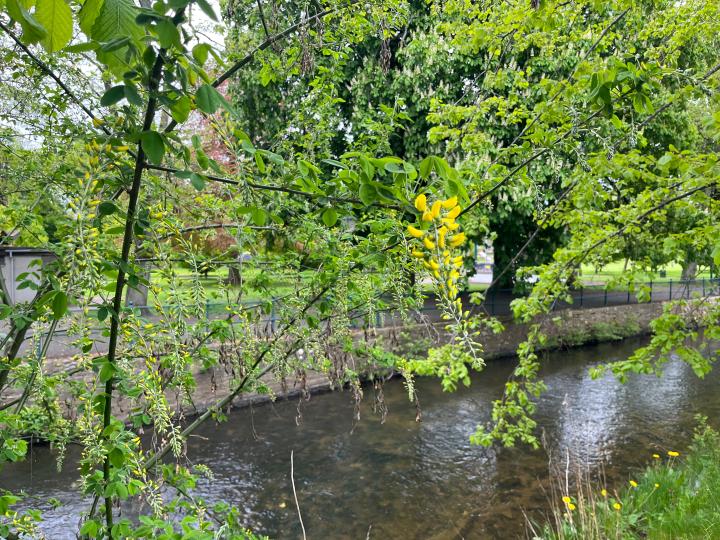
Plants on the Move
Reading Time 1 minute and 30 seconds
Date 19 May 2023
Some of the most fragile habitats in Fife are ones that we see every day: the habitat zone between woodlands and grasslands is a habitat with elements of each (think of the Broadleaved helleborine orchid, Yellow vetch or Columbines) and the animals that are associated with them but highly dynamic and vulnerable to invasion or overgrowth. Because woodlands and grasslands tend to have very clear landscape management objectives, the spaces in between tend to be neglected and as a consequence, these habitats which traditionally have been allowed to change have become squeezed out.
To address these challenges, St Andrews Botanic Garden has been funded by Nature Scot to carry out a scoping project, investigating the opportunities for conserving these valuable habitats at a landscape scale in Fife, from Dunfermline and Glenrothes to Tayport and the East Neuk. Partnership working will be essential and to that end we’re working with organisations that have a wide range of perspectives and approaches to land management and conservation, including farmers, Fife Council, Kingdom Housing, the Botanical Society of Scotland, Fife Coast and Countryside Trust and the University of St Andrews.
In this stage of the project, we are carrying out botanical audits of the many potential sites that could become part of a future project, and identifying where we could make the most difference with our partners. We often think about this in rural contexts but urban woodlands and housing developments will be a crucial part of the picture, places which are often botanically misunderstood and at the same time, the places where people spend most of their time.
Our hope is that by the end of the project in the summer, we will have a good picture not only of where habitat conservation and restoration could be most effective but also of how these sites could be connected, not only reinforcing or creating habitat corridors but also strengthening their resilience to biosecurity risks and climate change. All the botanical findings will be shared with the Fife Nature Records team and be added to the Botanic 17 Garden’s plant database, providing opportunities for us to revisit these data and add to them over time. If you’d like to be involved in any aspect of the botanical recording or databasing, please get in touch at volunteer@standrewsbotanic.org.

